Aging Doesn’t Have to Be Scary
Aging for anyone may seem scary, and getting started with an anti-aging regimen may seem tricky, but it doesn’t have to be with the right skincare and treatment plan. Save the scariness for the costumes this fall and take care of your skin so it can stay BOO-tiful regardless of the season.
What Causes Our Skin to Age?
Skin aging is natural and something every person will experience sooner or later. There are two types of skin aging: intrinsic aging and extrinsic aging. Intrinsic aging is an inevitable, genetically determined process that occurs naturally and is affected by the weakened fiber network and slowed production of collagen in the dermis layer of our skin. The signs of intrinsic aging include the loss of underlying fat and bone, leading to hollowed cheeks and eye sockets, as well as loss of firmness and sagging skin.
Extrinsic aging stems from preventable environmental factors that magnify intrinsic aging. Most premature aging is caused by sun exposure, though other factors include sleeping positions, smoking, alcohol use, and lack of hydration. Signs of extrinsic aging include skin thinning, laxity, fragility, and wrinkles. In addition, sun exposure can lead to melasma, brown spots, and actinic keratosis.
When Does Our Skin Begin to Age?
Experts have found that skin aging typically begins around the age of 25. After age 25, our bodies start producing less collagen at a rate of approximately one percent less per year. The existing collagen then becomes broken down, fragmented, and overall weaker. With reduced collagen production, our skin loses elasticity and can cause changes such as enlarged pores, frown lines, and wrinkles.
Typically, the first fine lines appear in your twenties in your forehead. In your thirties, an increase in skin laxity begins. Our face becomes drier and wrinkles are more pronounced in our forties. While these timelines are general, everyone’s aging process occurs in different ways and throughout different times in their lives. At a cellular level, individuals may begin to age, but if we factor in the external influences, you may develop aging signs much earlier than expected.
Aging in Males versus Females
Everyone ages differently and this fact is even more evident when comparing the aging of males and females. There are three major biological differences between male and female skin when it comes to the aging process.
Sebum (Oil) Production
Not only do males have larger pores than females, but they also have higher sebum (oil) production than women. This is because males have a higher amount of testosterone in the body. While this may cause more frequent acne breakouts, there is a benefit to higher oil production. Sebum keeps the skin healthy, supple, and hydrated, which can reduce the appearance of wrinkles.
Skin Texture and Thickness
Estrogen and testosterone have an important impact on the skin’s texture and thickness. These hormones help protect aging skin by slowing the breakdown of collagen and elastin, which are both fibers that keep our skin looking firm and youthful. In females, the reduction of estrogen is associated with dry skin and wrinkles. Testosterone is what causes males’ skin to be thicker and more oily compared to that of females. Although males also see testosterone levels dip around age 30, this reduction is much more gradual compared to females’ sudden loss of estrogen during menopause.
Wrinkles
Both males and females will develop wrinkles as they age, but wrinkles begin earlier in men. However, they will develop in different areas with varying degrees of severity. For example, males generally get deeper forehead wrinkles and more prominent wrinkles underneath their eyes compared to females. Females see wrinkles appear first near the mouth and then in their lower cheeks.
When Should I Begin Anti-Aging Treatments?
Most individuals do not start using anti-aging products until they notice moderate signs of aging. Prevention is key when it comes to anti-aging measures, both with cosmetic treatments and skincare. Prevention simply stops something from happening, whereas a cure is trying to undo the damage that has already been done. Therefore, if you can prevent your skin from showing signs of aging, not only will you keep your youthful look for many more years to come, but your skin will respond better to treatment in the future. In short, the earlier you begin taking preventative steps, the better off your skin will be.
Anti-Aging Skincare
Anti-Aging skincare products, such as moisturizers and various serums, will never be able to completely stop the aging process. However, skincare with active ingredients, such as retinol and growth factors, may slow down the signs of aging and improve the skin’s overall appearance. The following are some of the best skincare products and ingredients to use for anti-aging purposes.
Sunscreen
Diligently using a sunscreen every day has been proven to help slow down the skin’s aging process. According to a study published in the Annals of Internal Medicine, individuals who used a broad-spectrum sunscreen daily experienced 24 percent less skin aging than those individuals who only used sunscreen immediately. The American Academy of Dermatology recommends using a 9broad-spectrum sunscreen every day that you plan on being outdoors. The sun emits harmful rays year round, even on cloudy days.
Retinoids
Retinoids are Vitamin A derivatives and are largely considered to be the gold standard of anti-aging skincare ingredients. Retinoids can not only help reduce the signs of natural aging, but they can also help repair sun damage to the skin. They stimulate the production of collagen and elastin in the skin, reducing the appearance of fine lines and wrinkles.
SkinDC recommends using retinoids every other day at first and then gradually working up to nightly applications because they can cause dry skin and irritation. Retinoids should only be used at night because they will increase the skin’s sensitivity to sunlight. If you are not seeing any results after a few months of using an over-the-counter retinoid, it may be time to schedule an appointment with SkinDC to see if a prescription strength retinoid would be right for you.
Hyaluronic Acid
Hyaluronic acid is a naturally occurring glycosaminoglycan found throughout the body’s connective tissue. Around 50 percent of the body’s total hyaluronic acid is present in the skin. Changes in the body’s level of hyaluronic acid, caused by aging or other external factors such as UV exposure, can lead to the formation of wrinkles. A study in 2014 showed that individuals who applied hyaluronic acid topically, twice daily, for 8 weeks, reported up to a 40 percent decrease in the depth of wrinkles and up to a 55 percent increase in skin firmness and elasticity.
Growth Factors – SkinMedica TNS Advanced+ Serum
Growth factors, such as SkinDC’s favorite SkinMedica TNS Advanced+ Serum (which you can purchase here), are a great addition to your anti-aging skincare routine. SkinMedica’s TNS Advanced+ Serum is a skin rejuvenating formula that visibly improves the appearance of coarse wrinkles, fine lines and sagging skin. Powered by TNS®– MR and Renessensce (RSC) Advanced, this combination encourages skin cell renewal and supports collagen and elastin levels revealing a smoother, more radiant and youthful complexion. In a clinical study performed with 45 male and female subjects, ages 37 to 70, that received TNS Advanced+ Serum twice daily for 24 weeks, subjects saw benefits such as smoother visible coarse wrinkles and fine lines, visibly lifted sagging skin, evened out appearance of skin tone and texture.
Anti-Aging Non-Surgical Treatments
The key to anti-aging is taking preventative measures and sometimes skincare doesn’t give the results that you may desire. At SkinDC, we have a variety of non-surgical treatments available to reduce the visible signs of aging.
Chemical Peels
Vitalize Peel
The Vitalize Peel combines resorcinol, lactic, salicylic, and retinoic acid (at the aesthetician’s discretion) to offer dramatic improvement in texture and tone. The renewal process stimulates collagen production and improves pigmentation, acne, and melasma. The skin will appear healthier and more youthful with minimal downtime.
Vi Peel
The Vi Peel provides a gentle, yet potent, medical-grade chemical peel that removes the damaged, dull outer layer of the skin and allows the fresh, smooth underlying layer to emerge. The Vi Peel treats conditions such as fine lines and wrinkles, age and sun spots, hyperpigmentation, and enlarged pores.
Laser Treatments
Halo Resurfacing Laser
The Halo Resurfacing Laser is a fractional resurfacing laser. Resurfacing refers to the category of laser treatments that involve an injury to the skin followed by skin healing. During the healing process, collagen and elastin develop in the skin which will improve texture, scars, pore size, and fine lines.
BroadBand Light Treatment
Dermatologists use the BroadBand Light Treatment to treat several different skin conditions and patient concerns. At SkinDC, we find that BBL® is best at treating the discoloration that develops with chronic sun damage. It minimizes the appearance of sun damage, brown spots, freckles, and diffuses background redness to even out skin tone. Pairing BBL® with a resurfacing laser that builds collagen is SkinDC’s favorite combination to address both aspects (discoloration and collagen loss) of chronic sun damage.
Injectables
Botulinum Toxin Injections
Botulinum toxin injections, such as Botox, Xeomin, and Dysport, are used for the treatment of facial wrinkles and are the most frequently performed cosmetic procedure in the United States. Injections of small quantities of botulinum toxin into specific overactive muscles cause localized muscle relaxation that smooths the overlying skin and reduces the appearance of wrinkles. The most common areas of treatment with botulinum toxin are horizontal forehead lines (frontalis), frown lines (glabellar complex), crow’s feet (orbicularis oculi), and laugh lines (nasolabial folds).
Dermal Fillers
Over time, there is bone resorption and fat loss resulting in a change in facial volume and shape. This leads to the classic signs of aging such as folds, wrinkles, bags under the eyes, and hollowed cheeks and temples. Dermal filler injections are a non-invasive procedure that fills out your wrinkles and rejuvenates lost volume in your face.
Dermal fillers contain hyaluronic acid to help restore volume beneath the surface of the skin in your cheeks, lips, under the eyes, around your nose, and mouth.
Skin Tightening
FaceTite
FaceTite is comparable to a surgical facelift, without large scars. The treatment provides a dramatic improvement in skin laxity on the face and neck, which was previously only attainable through a surgical procedure such as a face or neck lift. FaceTite utilizes minimally invasive radio-frequency energy to melt fat and tighten skin for a younger-looking complexion.
Listen to SkinDC’s plastic surgeon, Dr. Jonathan Cabin talk about the FaceTite treatment here: FaceTite at SkinDC
Ultherapy
Ultherapy is another treatment used to help lift and tighten the skin without surgery; helping you achieve a more youthful look. Ultherapy uses ultrasound technology to stimulate collagen production in the lower levels of the skin. The safety and efficacy of Ultherapy have been established through multiple clinical studies and over 1 million treatments have been performed worldwide. Ultherapy is an FDA-cleared treatment on the neck, under the chin, and the brow. It is also used to improve the appearance of lines and wrinkles on the chest.
Listen to SkinDC’s co-founder and Board-Certified Dermatologist, Dr. Terrence Keaney, talk about Ultherapy here: Ultherapy at SkinDC
Exilis
Exilis combines radiofrequency energy with ultrasound technology and it is the only device of its kind. One of the differences with the Exilis design in the handpiece can be used in many places on the body and is not limited to one or two areas as with many other systems. During the treatment, subsurface skin tissue gets heated to the point of coagulation. When this occurs, the coagulated collagen starts flushing out of the body and new tissue will replace it. The new collagen takes up the slack under the outer skin layers while other new tissue attracts and absorbs moisture to the treatment areas, generally creating optimal conditions for healthy skin.
Listen to SkinDC’s co-founder and Board-Certified Dermatologist, Dr. Terrence Keaney, talk about Exilis here: Exilis at SkinDC
Microneedling
Microneedling
Microneedling uses very fine needles to create equally fine channels through the surface layer of the skin. Even though the body loses collagen at a rate of around one percent per year after a person reaches their mid-20s, the body’s ability to create new collagen remains. However, this ability stays dormant until an injury causes an automatic healing response in the body. Microneedling triggers the healing response, although it creates little to no damage due to the fine, solid needles that are used.
Listen to SkinDC’s co-founder and Board-Certified Dermatologist, Dr. Lina Naga, talk about the Halo Resurfacing Laser here: Microneedling at SkinDC
Morpheus8
Morpheus8 by InMode is a revolutionary technology that combines microneedling with radio frequency. The microneedles penetrate the skin to stimulate your body’s natural healing process, returning a fresh, youthful look to your skin. The radio frequency heats the deeper layers of the skin to precise temperatures that cause the fibro septal network to contract and pull your skin tighter.
Listen to SkinDC’s co-founder and Board-Certified Dermatologist, Dr. Terrence Keaney, talk about Morpheus8 here: Morpheus8 Microneedling with RF by InMode at SkinDC
Anti-Aging Surgical Treatments
For patients seeking more drastic and long-lasting results from their anti-aging treatments, there are many surgical options to receive the youthful look that you desire. At SkinDC we have a variety of facial plastic surgery options for patients.
Facelift
A facelift is the most effective way to restore youthfulness and treat the most obvious signs of aging in the face. Facelift surgery is one of the best ways to fight the signs of age, giving patients a refreshed and rejuvenated appearance. A facelift procedure tightens the skin around the face, helping to get rid of unsightly skin folds, drooping jowls, loose skin, and excess fat. By eliminating loose skin and folds around the face, the elegant contours of the patient’s face are revealed. A facelift surgery leaves patients feeling more beautiful and youthful.
Listen to SkinDC’s plastic surgeon, Dr. Jonathan Cabin talk about the Face Lift procedure here: Facelift by Dr. Jonathan Cabin at SkinDC
Neck Lift
A neck lift surgery is a cosmetic procedure that helps improve the appearance of the neck, helping create a more overall youthful appearance. As you age, drooping skin and excess fat around the neck can create jowl lines, excessive wrinkling, and a “turkey neck” that can detract from your natural beauty. Any excess or loose skin is pulled tight to the deep recesses of the neck, resulting in smoother and ticker skin around the neck.
Facial Fat Transfer
Facial aging is classically thought to involve the sagging of skin, related to the cumulative effects of gravity. One of the major signs of aging is the loss of volume in various facial areas, leading to hollowness. A permanent solution is the use of fat, transferred from other areas of the body such as the stomach or legs. When transferred to the face, this fat can replace the lost volume, resulting in a more youthful appearance.
Listen to SkinDC’s plastic surgeon, Dr. Jonathan Cabin, talk about facial fat transfer here: Fat Grafting by Dr. Jonathan Cabin at SkinDC
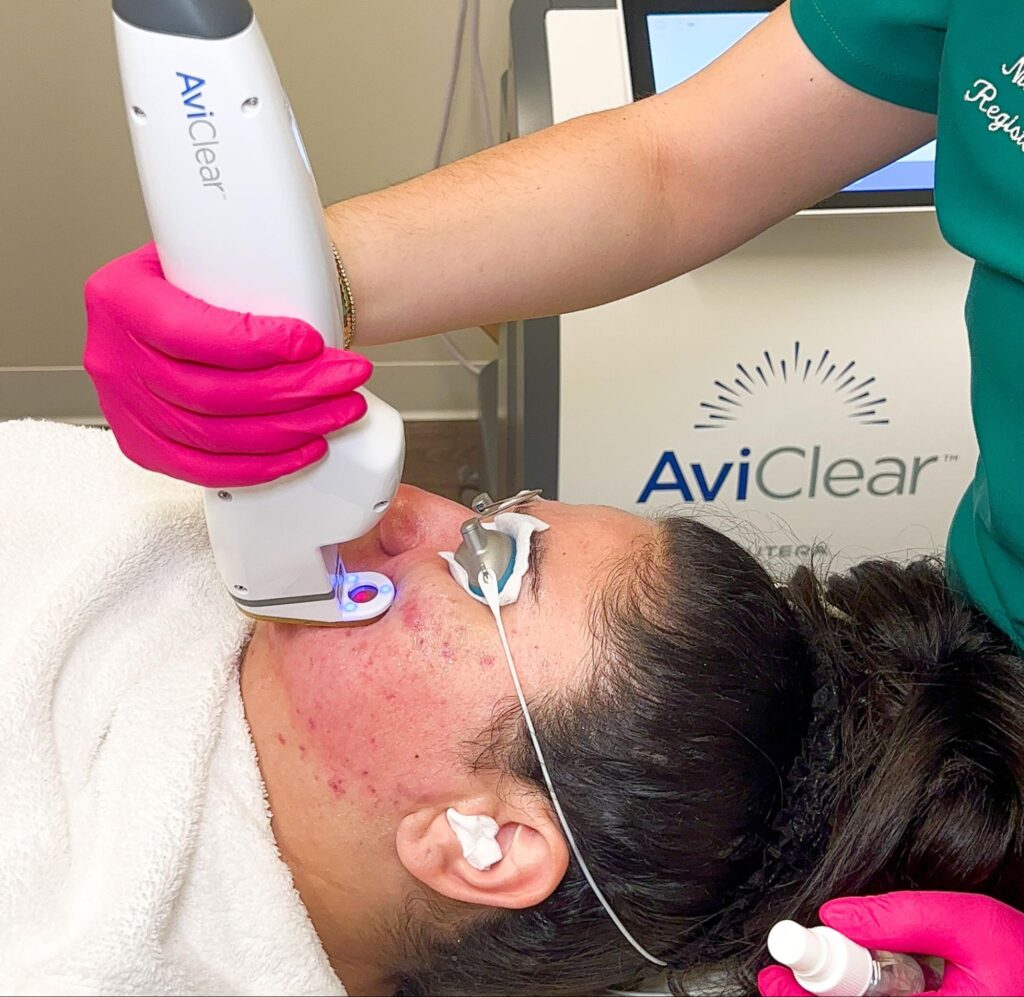


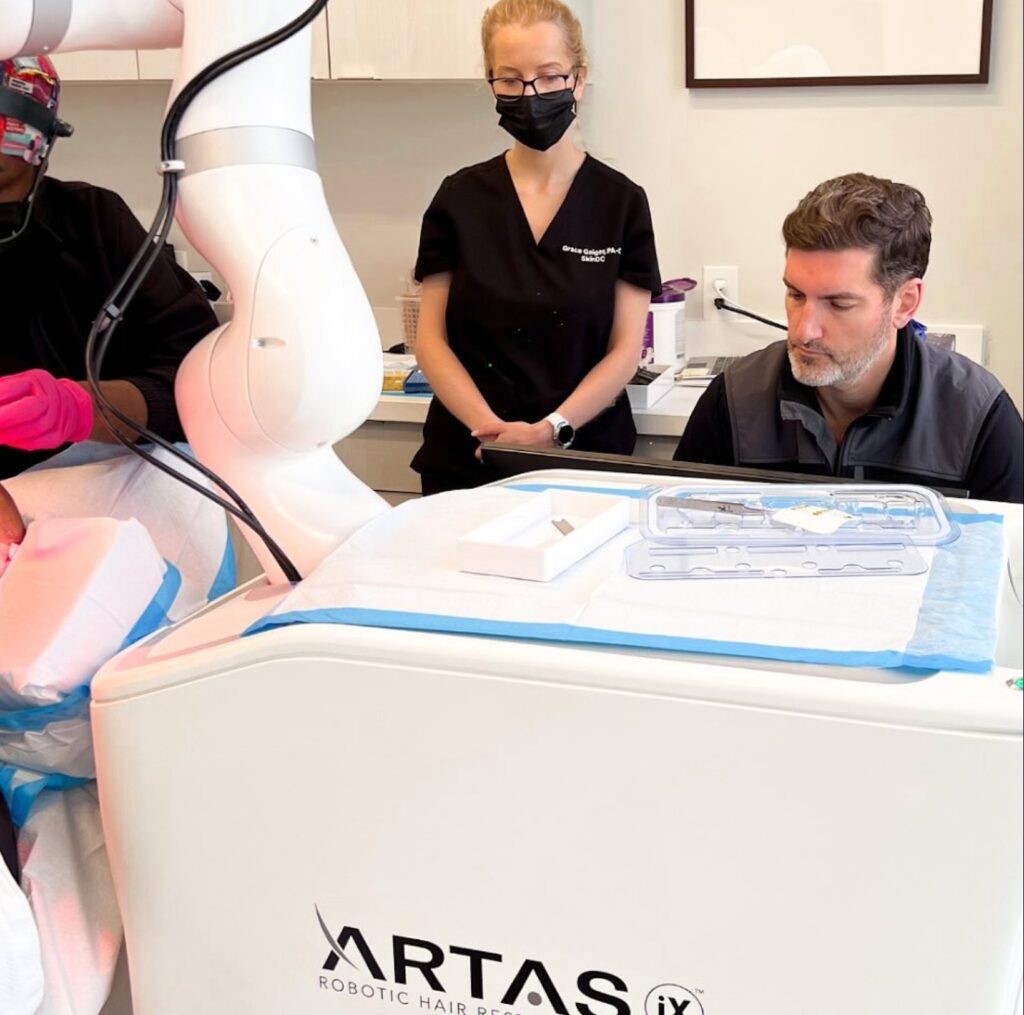
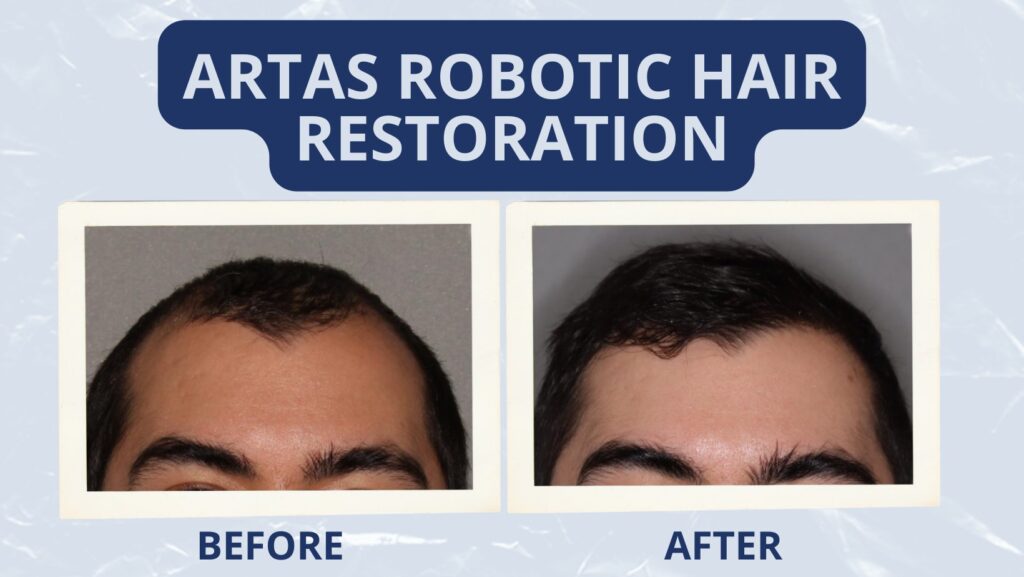

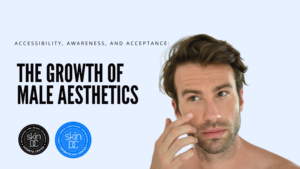

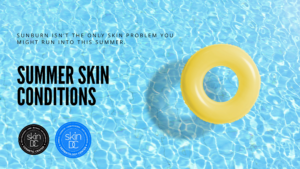
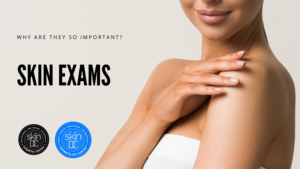
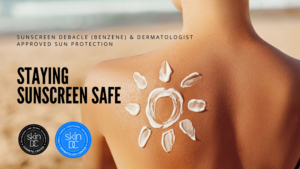 With the summer months upon us, it is critical now more than ever to protect ourselves from the sun’s harmful rays. SPF should be a part of your daily routine – all year round – to prevent skin cancer and premature aging. It is essential to ensure that the sunscreen protection you are using is safe not only in function, but in application. This is especially important this summer surrounding the news that Benzene, an organic compound known to be a carcinogen, has been detected in over 78 sunscreen and after-sun care products.
With the summer months upon us, it is critical now more than ever to protect ourselves from the sun’s harmful rays. SPF should be a part of your daily routine – all year round – to prevent skin cancer and premature aging. It is essential to ensure that the sunscreen protection you are using is safe not only in function, but in application. This is especially important this summer surrounding the news that Benzene, an organic compound known to be a carcinogen, has been detected in over 78 sunscreen and after-sun care products. 



